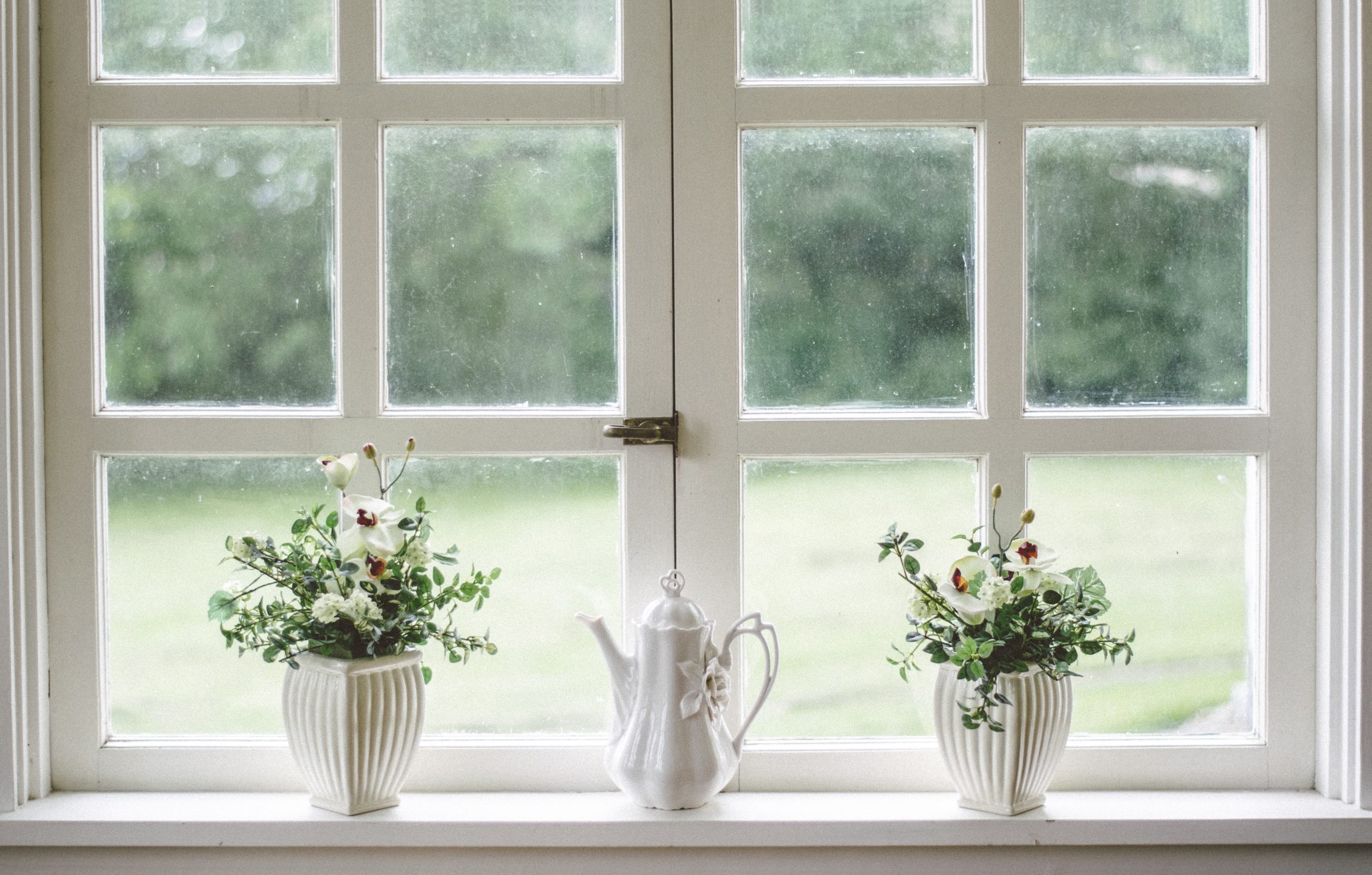
How Can Windows Reduce Your Energy Usage?

Windows have a significant impact on the look and feel of a home or commercial building. They let natural light filter in and allow you to enjoy the outdoor scenery.
At the same time, they play a role in a building’s energy efficiency — or lack thereof. Excess light shining in can raise indoor temperatures in the summer, and poor insulation can allow precious heat to escape in the winter.
Windows Make a Difference for Energy Efficiency
Residential and commercial buildings are responsible for approximately 40% of all energy usage in the United States. Making buildings green is vital in the fight against climate change, as the process lowers carbon footprints.
Because windows influence how much energy a building needs, they’re an excellent place to start when improving your home’s efficiency. Ideally, your windows should maintain a comfortable temperature inside while keeping the power for heating and cooling low.
Due to increased demand and changes to building codes, windows are becoming more efficient every day. Here are four window-related developments in green construction paving the way forward.
1. Low-Emissivity Coatings
Low-emissivity coatings, also called low-E coatings, were first developed in the 1970s and included a thin sheet of gold. Today, they contain one or more layers of silver.
When applied to a window, the coating reflects infrared and ultraviolet rays from the sun, allowing visible light to pass through while preserving the building’s interior temperature. In the winter, it reflects the heat inside to minimize energy requirements.
Hard low-E coatings are ideal for colder climates since they allow some infrared light to pass through, while soft low-E coatings work best in warm climates. With these windows, you can expect to reduce energy loss by up to 50%, though the initial costs are higher.
2. Electrochromic Glazing
This type of glazing is a very thin layer of ceramic. When you apply electricity at a low voltage, lithium ions move among the ceramic layers, giving the glass a darker tint. When darkened, the coating limits the amount of sunlight that can pass through, blocks infrared light and reduces glare.
Electrochromic glazing gives you complete control over how much heat and light enter your home. Although windows with this kind of glazing require electricity to function, the amount is small compared to what you save.
3. Thermochromic Glazing
Thermochromic glazing is similar to electrochromic glazing. However, instead of darkening when exposed to an electric current, the coating dims in response to heat from direct sunlight.
With thermochromic glazing, you won’t have to remember to close the shades or activate a switch to keep the sun from overheating your home. The process occurs automatically, similar to transition eyeglass lenses.
4. Vacuum Insulation
At the National Renewable Energy Laboratory (NREL), researchers are developing a new type of window film that uses vacuum capsules invisible to the human eye to provide insulation.
This film could reduce building energy use by up to 33% and will work in tandem with low-E window coatings. Even better, you can apply it to existing windows and preserve the look of your outdoor view.
Choose the Right Windows for Your Home
Investing in energy-efficient windows can help make your home better for the planet. However, if a replacement isn’t an option, you can use other methods to improve eco-friendliness.
For example, you can use caulking and weatherstripping to seal leaks. Plus, blinds and drapes block out heat during the sunniest parts of the day. Low-E and less expensive heat shrink films also prove effective for existing windows.
With these strategies, you can lower your home’s energy usage, making it more environmentally friendly while saving on utility bills. Plus, many green windows, coatings and solutions recoup costs in a few years or less, making the results well worth the effort.
2 Comments
-
Regina
Thank you for sharing such valuable info! Whether there are new high-quality windows in your home, I will still recommend using curtains made of thick fabric. In summer, such curtains can be successfully applied to keep your house chilly as they will protect it from sun rays penetrating the rooms and heating them. In winter, it will serve as an additional barrier that helps to keep the house warm.



Portella
Thank you for sharing! We got nothing to add.